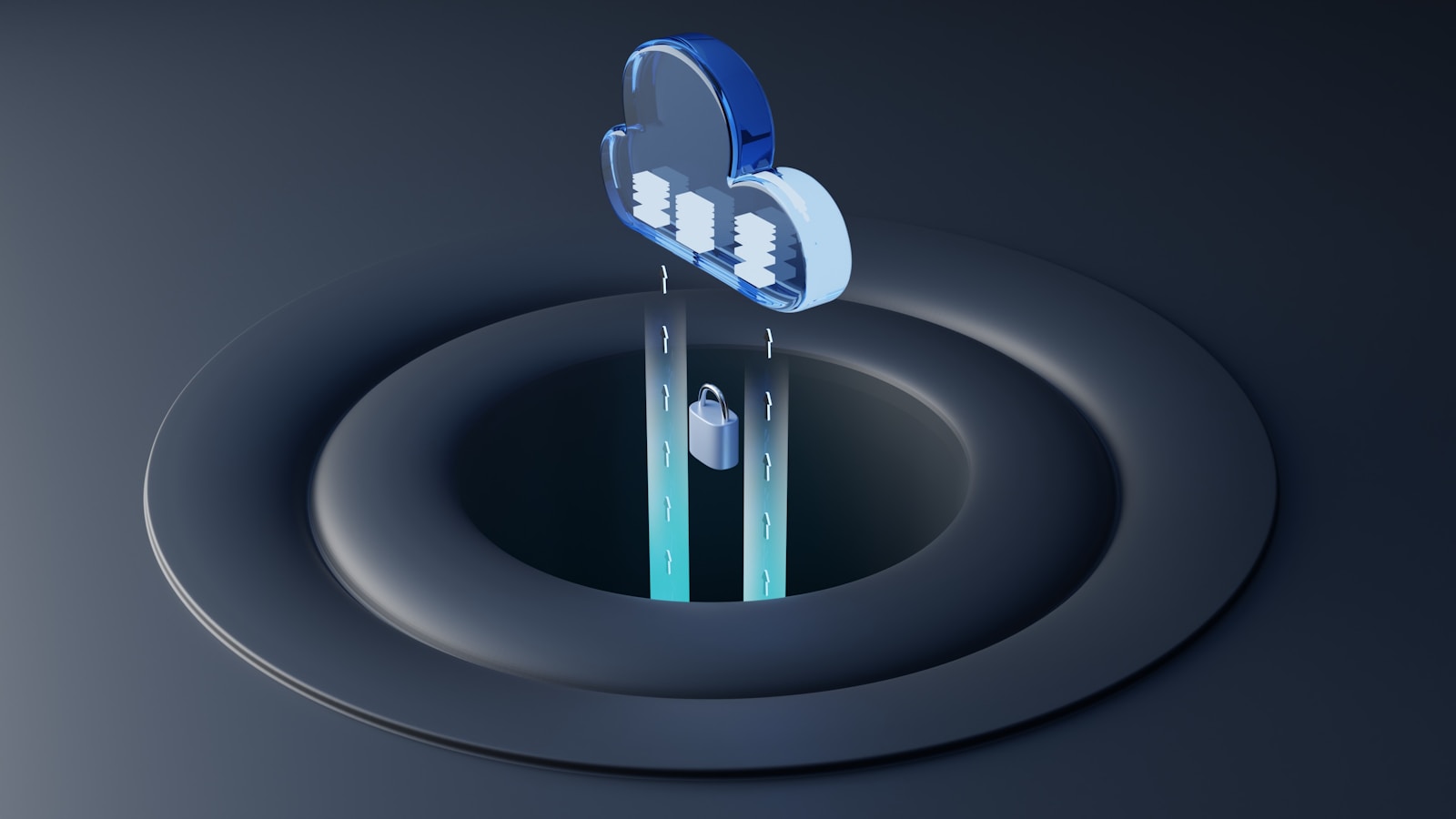It’s easy to assume your data is safer now than ever. After all, cloud providers have entire teams managing security, people whose job is literally to keep hackers out. And yet, every few months, there’s another breach. Another leak. Another “oops” moment where sensitive files were left exposed for months. You might start wondering… is anything truly private anymore? What is data hygiene?
You can’t control the cloud, but you can control your entry point
Let’s get this out of the way: unless you’re building your own servers in a basement somewhere (which, hey, impressive), you’re handing off part of your
security to a third party. That’s the trade-off. You get convenience, scalability, and someone else to worry about uptime.
But while you can’t control their servers, you do control the front door: your passwords, devices, and how your team accesses data.
Some quick wins:
- Use long, unique passwords for every cloud service
- Turn on two-factor authentication (seriously, stop putting it off)
- Don’t share logins over chat apps. Use a password manager
And before you say, “I already use strong passwords,” take a second and check out the latest
password rules by NIST. Their guidance has shifted in recent years, and not everyone’s keeping up.
Cloud providers do a lot, but not everything
Here’s the part that trips people up: cloud security is shared. That means they handle some things, and you handle the rest.
They’re great at physical security, patching their own systems, and blocking common attacks at the infrastructure level. They’ve probably got better firewalls than you’ll ever need.
But the user layer? That’s mostly on you.
If you misconfigure file sharing or forget to lock down access settings, the cloud won’t stop you. It might even silently allow it.
That’s how missteps happen. Not through negligence, always, but from trusting the system a little too much. We like to believe “it just works,” until something breaks quietly in the background.
According to
IBM’s 2024 Cost of a Data Breach report, 82% of breaches involved data stored in the cloud. That’s not a typo. Most of them were related to poor configurations, not some elite hacker breaking through defenses.
Be skeptical of convenience, because it can backfire
Auto-sync. One-click access. Share with anyone who has the link.
These features sound helpful (and they are), but they can also
open doors without you realizing it. Ever shared a folder and then forgot about it? Maybe someone still has that link. Maybe it’s been floating around a team Slack channel for a year.
It only takes one old link, one forgotten setting, or one ex-employee with lingering access for things to go sideways.
There’s also the growing complexity of
multiple cloud technologies and how they overlap. The more clouds you use, the more you need to double-check what’s actually private, and what just feels private.
The myth of “set it and forget it”
The cloud’s biggest false promise? That once it’s set up, you’re good.
In reality, data hygiene is ongoing. You need to regularly:
- Revoke access from users who’ve left
- Audit third-party integrations (many have full access!)
- Review sharing settings and retention policies
Think of it like brushing your teeth. You don’t do it once and assume you’re covered for life. The same goes for data hygiene. It’s boring, sure, but skipping it stinks later.
According to a
2024 Forrester study, organizations that ran quarterly cloud security audits had 57% fewer data exposure incidents than those that didn’t. That’s a real, measurable drop from a pretty simple habit.
Privacy settings are not privacy guarantees
This part’s a little uncomfortable. Just because a file is marked “private” doesn’t mean it’s fully invisible. Metadata, server logs, and backups may still keep traces of it, sometimes for longer than you expect.
Even when encrypted, cloud-stored data can sometimes be decrypted by the provider (depending on the terms). Zero-knowledge encryption services offer more privacy, but they’re not the norm yet.
The
Electronic Frontier Foundation has a helpful guide on understanding who really holds your data. Worth a skim if you’ve never thought about it that way.
And yeah, there’s always the classic human error. Like uploading a backup to the wrong folder. Or misreading a warning before clicking “okay.”
I’ve done that. I bet you have too.
So, what can you control?
Plenty, actually. You’re not helpless here.
- You can choose privacy-respecting providers
- You can limit the data you store in the cloud
- You can set up alerts for strange behavior
- You can train your team to spot sketchy logins
And maybe, most usefully, you can accept that perfect security doesn’t exist. What you’re aiming for is layered defense, not blind trust.
Cloud services aren’t the enemy. They’re just tools. Powerful ones, but only when used with eyes open and settings checked.
Photo by Growtika; Unsplash







